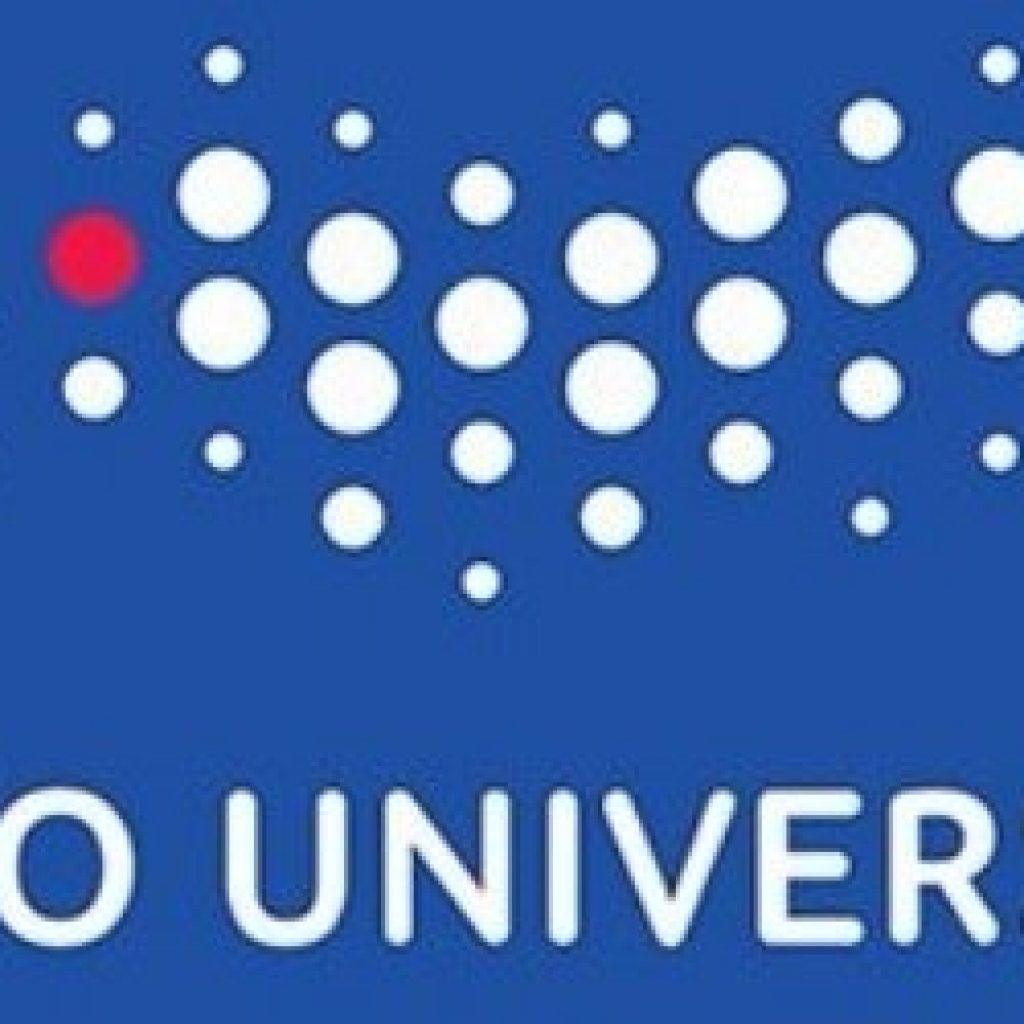(Phys.org) The demand for QKD systems is constantly growing. There is, however, one hindrance to their mass production—it requires highly complex and expensive equipment. Moreover, these systems can hardly be used in the already existent fiber-optic infrastructure.
Recently, ITMO University researchers in St. Petersburg, Russia have published an article where they suggest a way to solve these problems. Those researchers have developed a QKD system with coherent detection based on subcarrier wave quantum key distribution protocol. Their proposed new system can significantly lower the production costs costs of mass quantum key distribution (QKD) networks, which will make them available to a wider user audience. This will make it possible to use QDK in the regular fiber-optic cable infrastructure.
The main breakthrough of the researchers is a unique method of coherent detection for exactly this kind of system. At the base of the method is the use of a carrier optical frequency that doesn’t transmit any information by itself but can be used as a support to register the weak signal phase from subcarrier frequencies.
At the same time, the system maintains all the safety and security of QKD. The researchers have created a mathematical model of the suggested scheme, which correlates well with experimental data. They have also proposed an analysis of the developed protocol’s resilience to collective attacks.
Researchers Proposed New QKD System May Lower Production Costs of Mass QKD Networks
